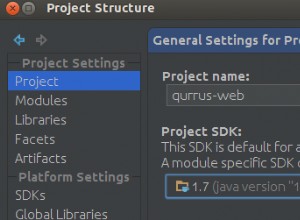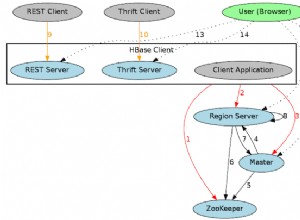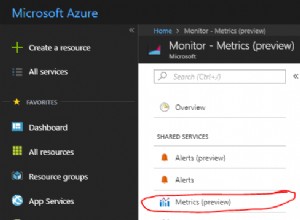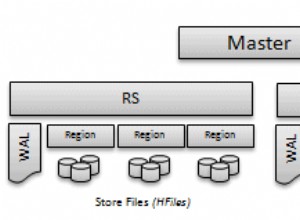Sie könnten MappingMongoEntityInformation erweitern, um getCollectionName() zu überschreiben. Die Repository-Operationen rufen bei jeder Operation getCollectionName() auf. Ich gehe davon aus, dass die tenantId ein ThreadLocal
wärepublic class TenantThreadLocal extends ThreadLocal<String> {
private final static TenantThreadLocal instance = new TenantThreadLocal();
public static TenantThreadLocal instance() {
return instance;
}
}
Und die überschriebene Klasse mit weggelassenen Konstruktoren.
public class TenantMappingMongoEntityInformation<T, ID extends java.io.Serializable> extends MappingMongoEntityInformation<T, ID> {
@Override
public String getCollectionName() {
return TenantThreadLocal.instance().get() + super.getCollectionName();
}
}
Erstellen Sie dann Ihr Repository:
MongoPersistentEntity<YourObject> persistentEntity =
(MongoPersistentEntity<YourObject>)
mongoOperations.getConverter()
.getMappingContext()
.getPersistentEntity(YourObject.class);
MongoEntityInformation<YourObject, ObjectId> mongoEntityInformation =
new MappingMongoEntityInformation<YourObject, ObjectId>(persistentEntity);
CrudRepository<YourObject, ObjectId> repository =
new SimpleMongoRepository<YourObject, ObjectId>(mongoEntityInformation, mongoOperations);




